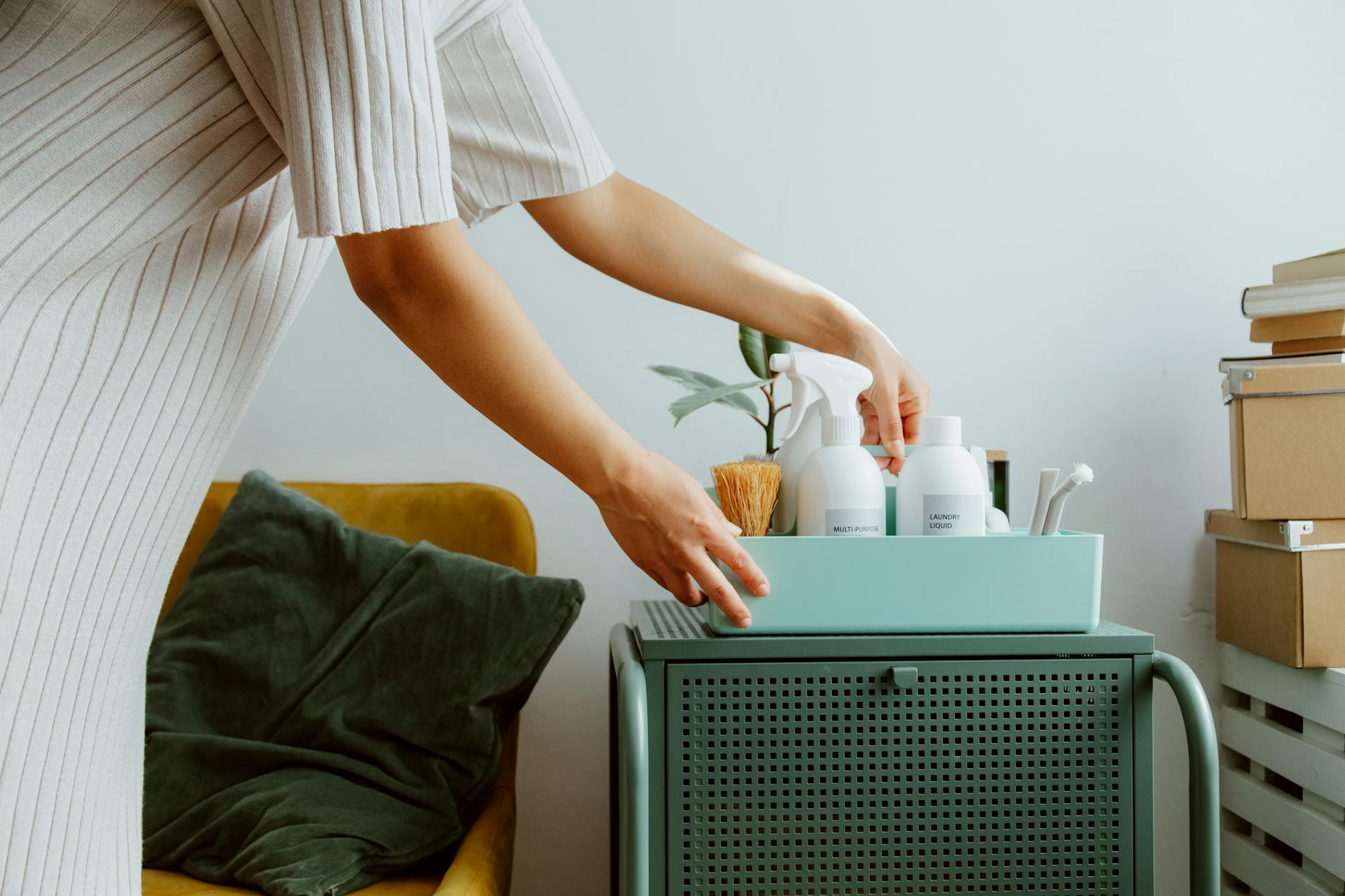Declutter and maintain order: proven tips for staying organized at home
Introduction
Keeping a tidy, functional home starts with smart choices and repeatable habits. This article breaks down an efficient approach to decluttering and maintaining order, from planning your initial purge to building routines that prevent future buildup. You will find step-by-step methods for sorting items, design ideas for practical storage, simple daily and weekly actions that keep surfaces clear, and ways to handle sentimental and paper clutter. The goal is realistic systems that fit busy lives rather than one-off deep cleans. Read on for actionable strategies, examples you can apply room by room, and a compact schedule you can adopt immediately to reduce stress and reclaim space in your home.
Create a decluttering plan
Start with a clear plan so the work feels manageable and purposeful. Follow these steps:
- Set goals and limits. Decide what success looks like: an uncluttered kitchen counter, a closet you can use, or a paper-free desk. Set time limits for each session so you don’t burn out.
- Tackle by zone, not by room. Work in zones such as “entryway,” “paper and mail,” or “bedroom closet.” Smaller zones give quick wins and maintain momentum.
- Use the four-box method. Label boxes: Keep, Donate/Sell, Recycle, Trash. Every item goes into one box—no undecided piles.
- Apply decision rules. Ask: Have I used this in the last year? Does it serve more than one purpose? Is it replaceable? If not, let it go.
- Schedule purge sessions. Reserve 30–90 minutes blocks. Regular short sessions are more sustainable than occasional marathons.
Design practical storage systems
Decluttering wins or losses are decided by storage. Good systems hide clutter and make items easy to find.
- Prioritize accessibility. Store frequently used items at eye level or within easy reach. Seasonal or rare items go higher or lower.
- Use vertical and modular solutions. Shelves, wall hooks, and stackable bins maximize footprint. Clear containers let you see contents at a glance.
- Label consistently. Labels reduce decision fatigue. Use short, specific labels: “School forms,” “Winter hats,” “Errands.”
- Contain similar items together. Group all battery-powered tools, or all craft supplies, so one container is the go-to spot.
- Adopt one-in, one-out. For items that tend to multiply, like kitchen gadgets or toys, remove one when a new one arrives.
Build daily and weekly routines
Systems fail without routines. Simple, repeatable habits keep your home orderly with minimal effort.
- Daily 10-minute tidy. Spend 10 minutes each evening returning items to their homes, wiping high-use surfaces, and handling loose mail. Small consistent actions prevent a big mess.
- Weekly reset. Allocate one longer session—30 to 60 minutes—each week to handle laundry, clear counters, and sort incoming papers.
- Use drop zones wisely. One small basket or tray in the entry handles keys, wallets, and mail. Empty it into its proper place daily.
- Digital declutter. Include inbox zero practices, quick file naming, and regular backups in your weekly routine to avoid paper overflow.
- Maintenance checklist. Keep a short checklist on the fridge or phone: 10-minute tidy, laundry, dishes, 15-minute paper sort. Checking boxes reinforces the habit.
| Task | Frequency | Typical time |
|---|---|---|
| Evening 10-minute tidy | Daily | 10 minutes |
| Weekly reset (laundry, counters) | Weekly | 30–60 minutes |
| Paper and digital purge | Monthly | 30 minutes |
| Seasonal wardrobe and storage review | Quarterly | 1–3 hours |
| Full home declutter | Yearly | Half day to full day |
Maintain habits and troubleshoot setbacks
Even the best systems need upkeep and occasional adjustments. Anticipate common stumbling blocks and respond with simple fixes.
- Handle emotional items gently. For sentimental things, limit to a set number of memory boxes. Photograph bulky items before letting them go to preserve the memory without the clutter.
- Deal with incoming clutter sources. Coupons, catalogs, and junk mail create new clutter. Opt out where possible, and set a place for incoming paper that gets sorted immediately.
- Rotate and audit. Every quarter, walk through key zones and ask whether each system still fits your life. Tweak storage, labels, or routines as needed.
- Get others on board. Teach family members the systems with quick demonstrations. Assign responsibilities and create simple rules, like shoes-off in the entryway.
- Use positive reinforcement. Track successes—fewer minutes spent hunting for things, a clear countertop, or less laundry clutter. Small wins keep motivation high.
Conclusion
Decluttering and maintaining order at home is a process of planning, creating practical systems, and repeating small habits. Begin with a focused plan and the four-box method to clear overwhelm, then install storage designed for accessibility and routine use. Commit to short daily tidies and a weekly reset so clutter never becomes unmanageable. Use quarterly audits and a one-in, one-out rule to prevent new buildup, and handle sentimental items with limits or photos. By linking thoughtful storage with consistent habits, you build a home that stays organized without constant effort. The payoff is less time searching, lower stress, and more usable space. Start small, stay consistent, and let the systems do the work.
Image by: Ron Lach
https://www.pexels.com/@ron-lach



